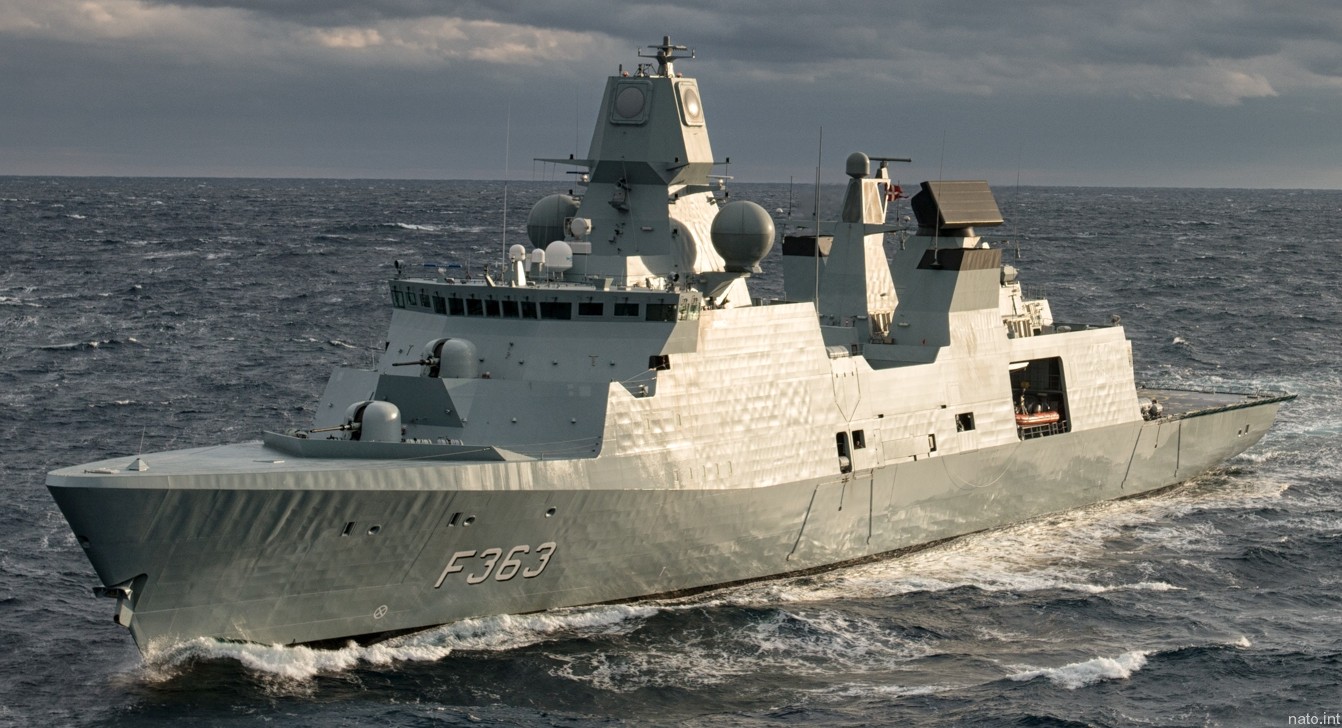Airspace, Maritime Areas Forced to Close as Danish Warship’s Harpoon Missile Becomes “Stuck” in Launcher
In response to the technical issues encountered with the "Harpoon" anti-ship missile system aboard the frigate "Niels Juel," the Danish government took the drastic measure of closing both airspace and maritime zones in the vicinity of Korsor, a critical passage between the North Sea and the Baltic Sea.
(DEFENCE SECURITY ASIA) — In a tense incident, the Danish Navy’s frigate “Niels Juel” experienced a critical malfunction when its “Harpoon” anti-ship missile became jammed in its launching system, despite the crew’s activation of the launcher.
The “Harpoon” missile was intended to be fired as part of a NATO maritime exercise involving member nations.
This recent NATO maritime drill aimed to bolster alliance readiness and interoperability.
Upon activation, the missile’s booster system engaged, but a technical glitch prevented the missile from leaving its launcher, causing it to become stuck.
Given the missile’s explosive payload of 150kg, extensive and comprehensive safety measures were promptly enacted.
The concern was that the missile, with its booster activated, could launch at any moment.

Repeated efforts by the crew of the “Niels Juel” to deactivate the missile’s booster system were unsuccessful.
“The missile’s booster system was activated, but due to a technical malfunction, the Harpoon anti-ship guided missile failed to exit its launcher, becoming jammed inside. “
“Comprehensive safety measures were immediately implemented because the Harpoon missile is equipped with a 150kg explosive warhead. There was a risk that the missile could launch at any moment since its booster system had been activated,” as reported by Danish local media sources.
As a result of this technical failure, the Danish government took the drastic measure of closing airspace and waters near the town of Korsor, which is strategically located between the North Sea and the Baltic Sea and hosts a major Danish naval base.
This closure was a precautionary measure to prevent any potential accidental launch of the missile, which could strike targets within its operational range of approximately 150km.

Experts from the Danish Ministry of Defence were dispatched to the scene to investigate the malfunction.
Following their investigation, they determined there was no immediate risk of an accidental launch, allowing for the normalization of airspace and maritime areas.
This incident marks the second technical issue faced by Danish Navy frigates within a few days, following a serious malfunction on the “Iver Huitfeldt” while on duty in the Red Sea.
The “Iver Huitfeldt” encountered significant issues with its active phased array radar and combat management system, C-Flex, affecting the ship’s overall performance.
Critical components built by Thales Nederland and the Danish company Terma were identified as problematic.

The severity of these issues compromised the ship’s air defense capabilities, including its RIM-162 Evolved Sea Sparrow Missiles (ESSM), for approximately 30 minutes, and also affected the functioning of its 76mm gun on multiple occasions.
This series of technical failures has highlighted vulnerabilities in modern naval vessels, emphasizing the importance of reliable systems for operational safety and effectiveness. — DSA



Comments are closed.